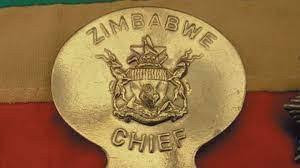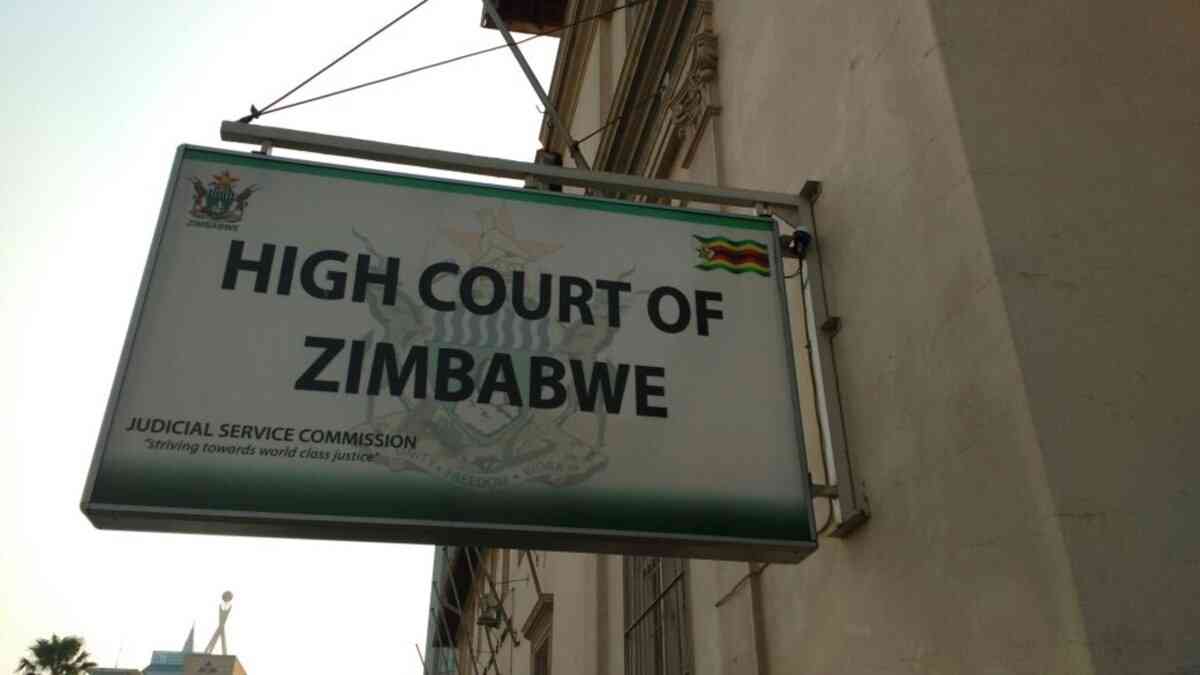SINCE the turn of the millennium, Zimbabwe’s economic performance has lagged behind most of its regional counterparts.
During the 2000-2023 period, the nation has faced devastating socio-economic headwinds, including, inter alia, fragile national output (GDP) growth, high unemployment of factors of production, unbearable cost of borrowing, increased budget deficits, unsustainable public debt, structural rigidities causing pricing distortions, poor public sector salaries, acute foreign currency shortages, high inflation, widening inequality, and deep poverty.
In recent weeks, Zimbabwe experienced increased Zimbabwe dollar (ZWL) fluctuations in both the official and alternative foreign exchange markets.
Consequently, elevated currency fluctuations exerted massive pressure on prices to skyrocket thereby plunging Zimbabwe into hyperinflation for the second time in under five years — a record!
In light of the foregoing, these questions pop up in my mind: What are the major drivers of this economic mess? Which actions must be taken to bring durable stability? Hence, the quest to find solutions to the questions posed has become the gist of this column.
The latest blended inflation statistics released by the Zimbabwe National Statistics Agency (ZimStat) show prices mounting by 175,8% between June 2022 and June 2023, about 89 percentage points up from the 86,5% increase realised between May 2022 and May 2023.
Keep Reading
- DPC pays out $139 million
- Zimdollar shortage hits market
- Nedbank Zim profit surges
- Editor's Memo : Clean up procurement corruption
Blended inflation was introduced by authorities in February 2023 and it measures the combined price changes of goods and services in United States dollars (USD) and Zimbabwe dollars (ZWLs).
In monthly terms (May 2023-June 2023), blended prices have increased by 74,5% compared to an increase of 15,7% registered in the previous period (April 2023-May 2023).
The official statistics are showing that Zimbabwe is now in a full-blown hyperinflationary mode. In economics, hyperinflation is a period of very high, accelerating, and out-of-control general price increases in an economy.
It is typically measured by a rate of more than 50% per month. Hyperinflation erodes the value of local currency thus forcing economic agents (agents hereafter) to switch to more stable foreign currencies to cushion themselves from domestic currency devaluation risks.
A granular analysis shows that largely fuelling hyperinflation in June 2023 was the massive decline of the Zimdollars against the US dollars. RBZ statistics show that as of June 27, the local unit has erased 62,9% of its value on the willing-buyer willing-seller (WBWS) interbank market, sliding from ZWL/USD 2 577,06 end of May 2023 to ZWL/USD 6 949,14.
In the parallel markets, the local unit also declined excessively, losing 55,6% of its average value from ZWL/USD 3 600 realised at the end of May 2023 to ZWL/USD 8 100.
Incessant and deep Zimdollar declines registered in June, particularly in alternative markets was a clear market response to excessive Zimdollar liquidity growth, which emanated from elevated Reserve Bank of Zimbabwe quasi-fiscal operations (QFOs), for instance, servicing external debt obligations and making Zimdollar payments for forex ceded by exporters.
Available statistics show the Zimdollar component of reserve money (M0) spiking by a staggering 63,5% between December 2022 (ZW$58,75 billion) and April 2023 (ZW$96,04 billion) while the ZWL component of broad money (M3) spiked by a staggering 31,3% between 4Q22 and 1Q23.
Also, escalating Zimdollar liquidity in the market was the Treasury’s mounting election-linked spending, funding for ongoing infrastructure projects, and agricultural support (winter wheat farming and purchasing grains from farmers in the ongoing 2023/24 marketing year).
The latest statistics show government borrowing through the issuance of Treasury Bills (TBs) up 9% in April to ZW$391,59 billion from ZW$360,63 billion in May.
In annual terms, issued TBs spiked by a staggering 512% from ZW$63,94 billion realised in April 2022.
Furthermore, historical analysis shows that authorities are the major source of increased macroeconomic volatility through excessive borrowing and the creation of excess liquidity in the market due to their lack of monetary and fiscal discipline.
The RBZ statistics, for example, show that on average, M3 and M0 grew by an unsustainable 12,9% and 9,7% per month between 2019 and 2022.
The money supply increase during these four years was not supported by economic growth as real GDP averaged -1,13% (negative growth). As a result, YoY and MoM price inflation remained highly elevated throughout these four years, averaging 305,67% and 11,54% per month respectively.
From this, one can conclude that it is excessive money printing by authorities that have been largely breeding distortionary exchange rate pass-through effects to inflation.
However, to a less extent, instability was also partly driven by human behaviour (rent-seeking, consumer perceptions and expectations), structural rigidities (public corruption, illicit dealings, prolonged electricity load-shedding, etc.), increased money velocity, and spillover effects from the Russia-Ukraine war.
In a bid to arrest Zimdollar's fragility and restore sanity in the economy, the Treasury and RBZ instituted a cocktail of policy measures on May 11 and 29 as well as on June 6.
Many of the proposed measures were also in sync with prior advice provided by economic experts.
These economic measures have revolutionised the operational dynamics of the RBZ’s forex Dutch auction system and introduced a seismic shift toward exchange rate liberalisation.
Resultantly, Zimdollar decline in the official market peaked pace thus resembling an improved Zimdollar price discovery process.
The bulk of excess liquidity in the market was mopped through the sale of forex to banks.
Statistics show that between June 7 and June 29, RBZ sold US$57,27 million and US$4,88 million to banks and importers thus mopping about ZW$348 billion and ZW$30,52 billion respectively.
A large chunk of Zimdollars has also been mopped through the Zimbabwe Revenue Authority (Zimra) as Treasury has recently directed companies to settle 50% of June Quarterly Payment Dates (QPDs) in local currency.
Usually, corporates are obliged to settle 25% of their estimated annual tax due to Zimra in June, 30% in September, and 35% in December.
Now, in response to a tightening Zimdollar liquidity situation, the rate of Zimdollardepreciation seems to have moderated.
Statistics show that after a sharp average decline of -16,9% in the parallel market between June 6-8, the Zimdollar depreciation subsided significantly to an average -1,8% during the June 9-29 period.
On the interbank market, the rate of Zimdollar decline has also started to moderate as the local unit gained an average of 5,1% between June 28-29 while gaining 2,8% per day on the auction between June 21-29.
In other words, the Zimdollar managed to recoup some of its lost value against the USD in June, a first since the start of 2023. Also, the parallel market rates have sailed stable. This is a commendable feat that also proves that when it comes to the ongoing instability in the economy, the buck stops with the government.
So, if the government does not waver in implementing these measures and manages to adhere to monetary and fiscal discipline coupled with full implementation of political and economic reforms to increase market efficiency and innovation, curb corruption and impunity, eliminate illicit financial flows, and restore the rule of law as well as respect for individual rights and freedoms, durable macroeconomic stability will be attained.
Sibanda is an economic analyst and researcher. He writes in his personal capacity. — brasibanda@gmail.com or Twitter: @bravon96





